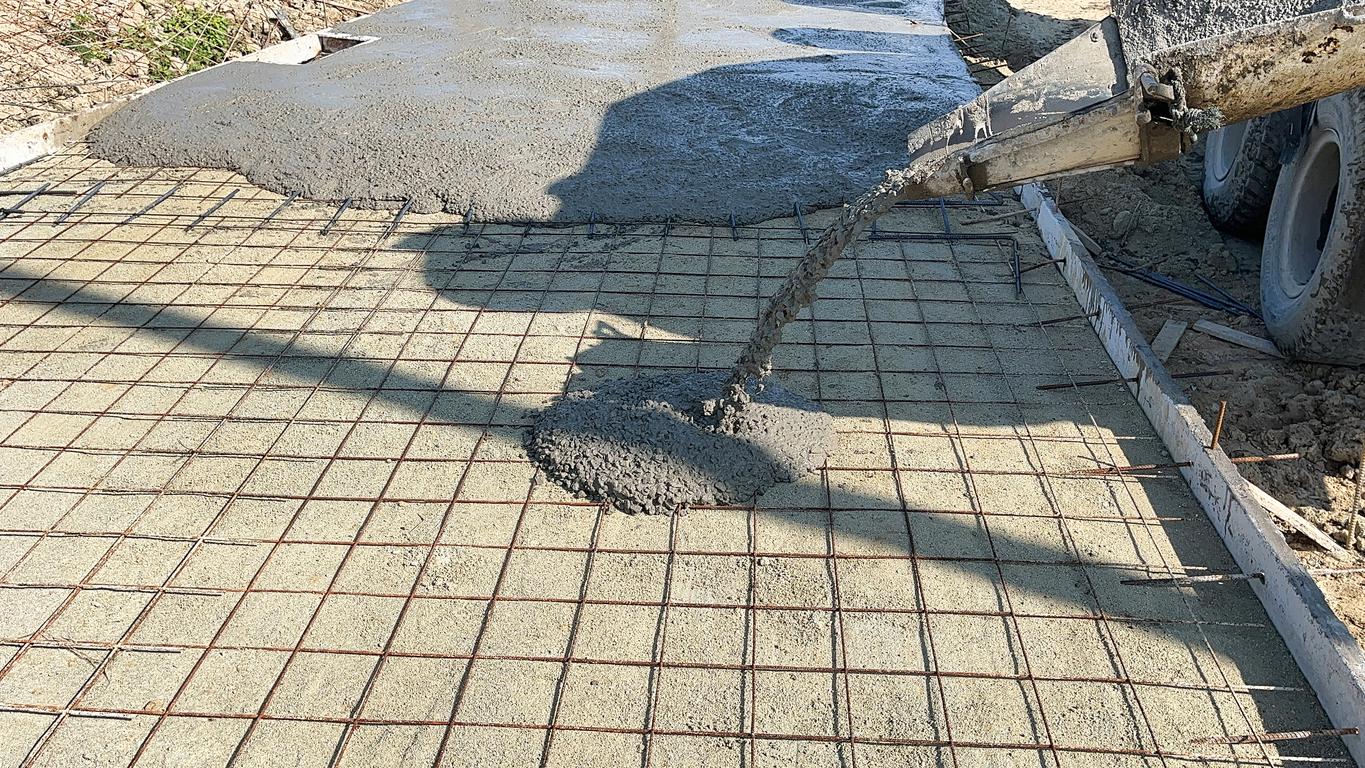Ultra-High-Performance Concrete (UHPC) is transforming the construction sector by offering unprecedented durability and strength. This advanced material stands out with its ability to withstand heavy loads while also resisting weathering and erosion more effectively than traditional concrete. These capabilities make UHPC a prime candidate for addressing the challenges faced in modern infrastructure, particularly in implementing high-strength concrete solutions for essential projects.
The durability of UHPC allows for more efficient use of materials, contributing to longer-lasting structures with enhanced performance. Its ability to be cost-effective initially, while also providing higher value over its lifespan, sets it apart as a sustainable choice. From bridges to urban buildings, UHPC is poised to become a staple in the construction industry, pushing the boundaries of what is possible with conventional materials.
Such innovations in building materials not only shape the future of infrastructural development but also address the pressing need for repairing aging systems. While the cost of UHPC may currently limit its widespread application, especially in public projects, ongoing advancements may shift this paradigm over time. As interest grows, many professionals are focusing on sustainable concrete solutions that offer long-term value and durability.
Composition and Properties of UHPC
Ultra-high-performance concrete (UHPC) stands out due to its distinct composition and impressive properties. The unique blend of materials and high performance in strength and durability make UHPC a sought-after choice for modern infrastructure.
Material Components and Mix Design
UHPC is formulated using specialized cementitious materials, silica fume, and fibers. These components contribute to its superior strength and durability characteristics. Silica fume enhances the density by filling in gaps between particles, while fibers add tensile characteristics, allowing the material to withstand stress without cracking. A low water-to-cement ratio is crucial, supported by a high-range water reducer like a superplasticizer, which ensures a workable mix even with reduced water content.
The mix design aims to achieve optimal particle packing density. This helps in minimizing voids, thus enhancing both mechanical performance and durability. Supplementary elements, such as reactive powder concrete (RPC) and additional fillers, improve the hardness while maintaining form flexibility. The precise combination of these ingredients results in UHPC's unique properties.
Mechanical and Durability Characteristics
Known for its remarkable mechanical characteristics, UHPC boasts compressive strength often exceeding 150 MPa. This robustness is complemented by its tensile strength, which benefits from fiber reinforcement. The tensile ductility allows structures to endure significant deformation without fracturing. These qualities provide UHPC with enhanced tensile properties over traditional concrete.
In terms of durability, UHPC resists environmental degradation. This resistance is due to its dense microstructure, which reduces permeability, extending the service life of structures and lowering maintenance costs. The blend of cementitious materials and fibers shields the UHPC from aggressive agents, further enhancing its longevity compared to conventional counterparts.
Applications and Advancements in UHPC
Ultra-High-Performance Concrete (UHPC) is transforming infrastructure by offering unparalleled strength and durability. It is increasingly used in construction projects that demand resilience and long-lasting performance. Recent innovations have enhanced its eco-friendly properties, making it a preferred choice for sustainable building practices.
Uses in Infrastructure and Construction
UHPC is notably utilized in bridge construction due to its high compressive strength and resilience under challenging environmental conditions. The use of fiber reinforcement, including both steel and synthetic fibers, enhances the material's ductility, allowing for longer spans in bridge designs. Notably, pre-tensioned concrete beams created with UHPC demonstrate superior load-bearing capabilities.
In addition, its application in precast concrete is well-recognized. Organizations like the Precast/Prestressed Concrete Institute (PCI) are helping to integrate UHPC into modern construction by advocating for its benefits such as reduced water absorption and increased durability. UHPC's advanced properties, such as self-healing capabilities and reduced need for maintenance, make it ideal for infrastructure projects like link slabs and sustainable structures.
Innovation and Environmental Considerations
Advancements in UHPC have focused on reducing environmental impact while enhancing performance characteristics. The mixture design methods for UHPC exclude coarse aggregates, allowing for materials like reactive powder concrete to enhance workability and strength without sacrificing environmental considerations.
Research and development efforts, often supported by organizations like the Federal Highway Administration (FHWA), emphasize the creation of eco-friendly UHPC mixes. The incorporation of UHPC in civil engineering projects highlights its sustainable qualities, particularly in terms of minimizing the raw materials used and promoting longer life cycles for structures. Innovative UHPC products also play a critical role in these advancements, offering solutions that are both resilient and environmentally conscious.










